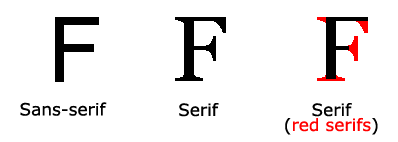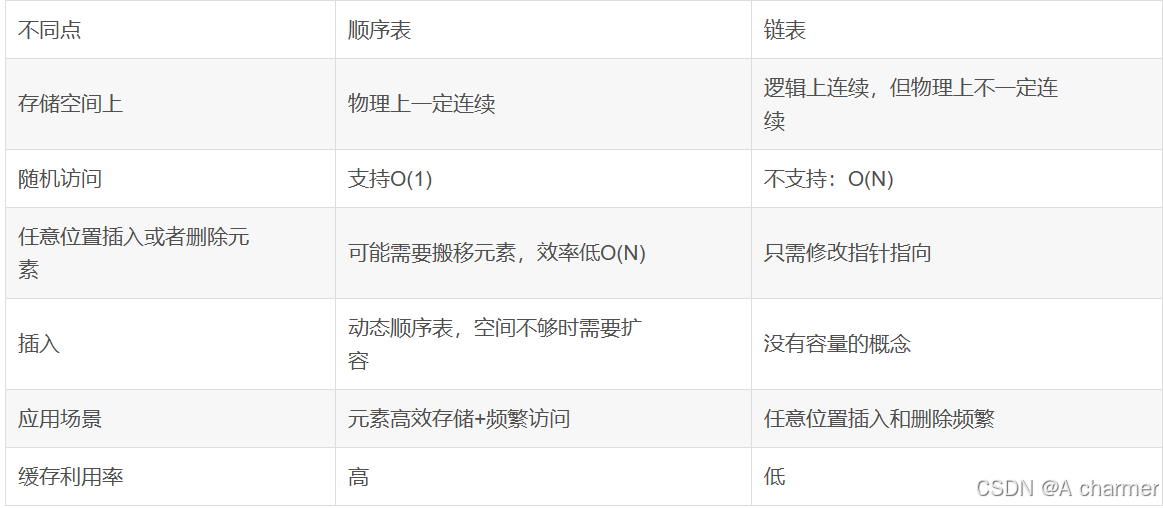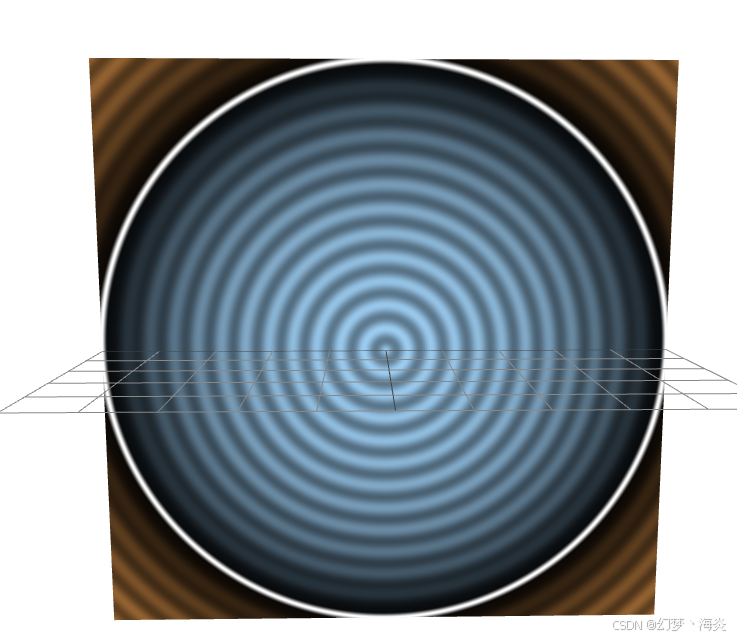文章目录
- 前言
- 一、二叉搜索树的介绍
- 二、模拟实现二叉搜索树
- 三、leetcode---根据二叉树创建字符串
- 四、leetcode---二叉树的最近公共祖先
- 总结
前言
二叉搜索树的介绍、模拟实现二叉搜索树、leetcode—根据二叉树创建字符串、leetcode—二叉树的最近公共祖先等的介绍
一、二叉搜索树的介绍

- 如上图所示,搜索二叉树就是比当前节点大的存放在右子树,比当前节点小的存放在左子树中。
二、模拟实现二叉搜索树
#pragma once
template<class K>
struct BSTreeNode
{
BSTreeNode(const K& key)
: _left(nullptr)
, _right(nullptr)
, _key(key)
{}
BSTreeNode<K>* _left;
BSTreeNode<K>* _right;
K _key;
};
template <class K>
class BSTree
{
typedef BSTreeNode<K> Node;
public:
BSTree()
:_root(nullptr)
{}
BSTree(const BSTree<K>& tree)
{
_root = copy(tree._root);
}
BSTree<K>& operator=(BSTree<K> tree)
{
swap(_root, tree._root);
return *this;
}
~BSTree()
{
Destroy(_root);
}
bool Insert(const K& key)
{
if (_root == nullptr)
{
_root = new Node(key);
return true;
}
Node* parent = nullptr;
Node* cur = _root;
while (cur)
{
if (cur->_key < key)
{
parent = cur;
cur = cur->_right;
}
else if (cur->_key > key)
{
parent = cur;
cur = cur->_left;
}
else
{
return false;
}
}
cur = new Node(key);
if (parent->_key < key)
{
parent->_right = cur;
}
else
{
parent->_left = cur;
}
}
bool Erase(const K& key)
{
Node* parent = nullptr;
Node* cur = _root;
while (cur)
{
if (cur->_key < key)
{
parent = cur;
cur = cur->_right;
}
else if (cur->_key > key)
{
parent = cur;
cur = cur->_left;
}
else
{
// 找到了
if (cur->_left == nullptr) // 找到的节点左树为空
{
if (cur == _root)
{
_root = _root->_right;
}
else
{
if (parent->_left == cur)
{
parent->_left = cur->_right;
}
else
{
parent->_right = cur->_right;
}
}
}
else if(cur->_right == nullptr) // 找到的节点右树为空
{
if (cur == _root)
{
_root = _root->_left;
}
else
{
if (parent->_left == cur)
{
parent->_left = cur->_left;
}
else
{
parent->_right = cur->_left;
}
}
}
else // 左右节点都不为空
{
// 找左子树的最大节点(最右)
Node* parent = cur;
Node* leftMax = cur->_left;
while (leftMax->_right)
{
parent = leftMax;
leftMax = leftMax->_right;
}
swap(leftMax->_key, cur->_key);
if (parent->_left == leftMax)
{
parent->_left = leftMax->_left;
}
else
{
parent->_right = leftMax->_left;
}
cur = leftMax;
}
delete cur;
cur = nullptr;
return true;
}
}
return false;
}
Node* find(const K& key)
{
Node* cur = _root;
while (cur)
{
if (cur->_key < key)
{
cur = cur->_right;
}
else if (cur->_key > key)
{
cur = cur->_left;
}
else
{
return cur;
}
}
return nullptr;
}
void InOrder()
{
_InOrder(_root);
cout << endl;
}
// 递归插入
bool InsertR(const K& key)
{
return _InsertR(_root, key);
}
// 递归删除
bool EraseR(const K& key)
{
return _EraseR(_root, key);
}
Node* findR(const K& key)
{
return _findR(_root, key);
}
private:
// 递归查找
Node* _findR(Node* root, const K& key)
{
if (root == nullptr)
{
return nullptr;
}
if (root->_key < key)
{
_findR(root->_right, key);
}
else if (root->_key > key)
{
_findR(root->_left, key);
}
else
{
return root;
}
}
// copy
Node* copy(Node* root)
{
if (root == nullptr)
{
return nullptr;
}
Node* copyroot = new Node(root->_key);
copyroot->_left = copy(root->_left);
copyroot->_right = copy(root->_right);
return copyroot;
}
// 递归析构
void Destroy(Node*& root)
{
if (root == nullptr)
{
return;
}
Destroy(root->_left);
Destroy(root->_right);
delete root;
root = nullptr;
}
// 递归版本删除
bool _EraseR(Node*& root, const K& key)
{
if (root == nullptr)
{
return false;
}
if (root->_key < key)
{
_EraseR(root->_right, key);
}
else if (root->_key > key)
{
_EraseR(root->_left, key);
}
else
{
Node* del = root;
if (root->_left == nullptr)
{
root = root->_right;
}
else if (root->_right == nullptr)
{
root = root->_left;
}
else
{
Node* leftMax = root->_left;
while (leftMax->_right)
{
leftMax = leftMax->_right;
}
swap(leftMax->_key, root->_key);
return _EraseR(root->_left, key);
}
delete del;
return true;
}
}
// 递归版本插入数据
bool _InsertR(Node*& root, const K& key)
{
if (root == nullptr)
{
root = new Node(key);
return true;
}
if (root->_key < key)
{
_InsertR(root->_right, key);
}
else if(root->_key > key)
{
_InsertR(root->_left, key);
}
else
{
return false;
}
}
void _InOrder(Node* root)
{
if (root == nullptr)
{
return;
}
_InOrder(root->_left);
cout << root->_key << " ";
_InOrder(root->_right);
}
Node* _root;
};
测试:
#include <iostream>
using namespace std;
#include "BinarySearchTree.h"
void test1()
{
BSTree<int> t;
int a[] = { 8, 3, 1, 10, 6, 4, 7, 14, 13 };
for (auto e : a)
{
t.Insert(e);
}
t.InOrder();
t.Erase(8);
t.InOrder();
t.Erase(4);
t.InOrder();
t.Erase(6);
t.InOrder();
t.Erase(7);
t.InOrder();
}
void test2()
{
BSTree<int> t;
int a[] = { 8, 3, 1, 10, 6, 4, 7, 14, 13 };
for (auto e : a)
{
t.InsertR(e);
}
t.InOrder();
t.EraseR(8);
t.InOrder();
t.EraseR(4);
t.InOrder();
t.EraseR(6);
t.InOrder();
t.EraseR(7);
t.InOrder();
}
void test3()
{
BSTree<int> t;
int a[] = { 8, 3, 1, 10, 6, 4, 7, 14, 13 };
for (auto e : a)
{
t.InsertR(e);
}
t.InOrder();
BSTree<int> t1(t);
t1.InOrder();
BSTree<int> t2;
t2 = t1;
t2.InOrder();
}
void test4()
{
BSTree<int> t;
int a[] = { 8, 3, 1, 10, 6, 4, 7, 14, 13 };
for (auto e : a)
{
t.InsertR(e);
}
t.InOrder();
cout << t.find(10) << endl;
cout << t.findR(100) << endl;
}
int main()
{
test1();
test2();
test3();
test4();
return 0;
}

三、leetcode—根据二叉树创建字符串
leetcode—根据二叉树创建字符串

class Solution {
public:
string tree2str(TreeNode* root) {
if(root == nullptr)
{
return "";
}
string str;
str += to_string(root->val);
if(root->left || root->right)
{
str += '(';
str += tree2str(root->left);
str += ')';
}
if(root->right)
{
str += '(';
str += tree2str(root->right);
str += ')';
}
return str;
}
};
四、leetcode—二叉树的最近公共祖先
leetcode—二叉树的最近公共祖先

class Solution {
public:
bool Find(TreeNode* root, TreeNode* x)
{
if(root == nullptr)
{
return false;
}
return root == x || Find(root->left,x) || Find(root->right, x);
}
TreeNode* lowestCommonAncestor(TreeNode* root, TreeNode* p, TreeNode* q) {
if(root == nullptr)
{
return nullptr;
}
if(root == p || root == q)
{
return root;
}
bool pInLeft, pInRight, qInLeft, qInRight;
pInLeft = Find(root->left, p);
pInRight = !pInLeft;
qInLeft = Find(root->left, q);
qInRight = !qInLeft;
if(pInLeft && qInLeft)
{
return lowestCommonAncestor(root->left, p, q);
}
else if(pInRight && qInRight)
{
return lowestCommonAncestor(root->right, p, q);
}
else
{
return root;
}
}
};
总结
二叉搜索树的介绍、模拟实现二叉搜索树、leetcode—根据二叉树创建字符串、leetcode—二叉树的最近公共祖先等的介绍


















